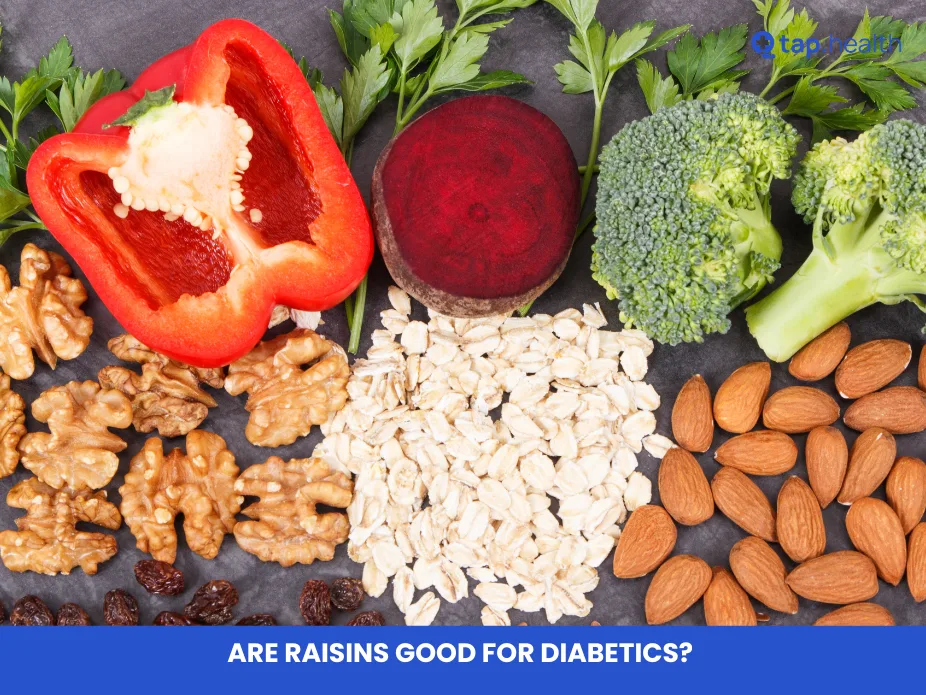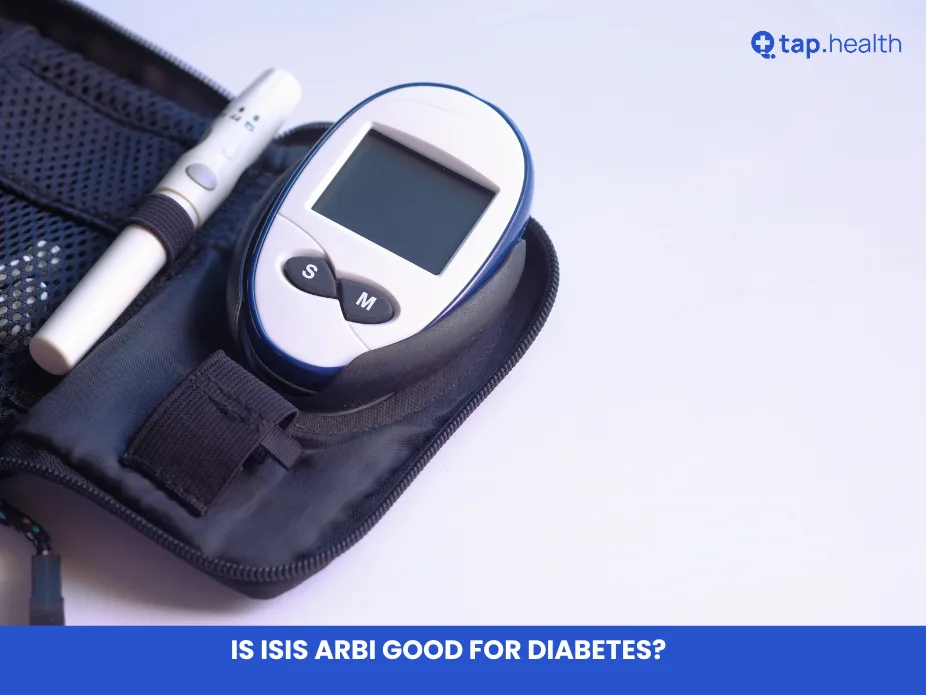Heart surgeries like bypass and open heart surgery are critical interventions for treating severe heart conditions. These procedures, while aimed at improving heart health, differ significantly in their approach, purpose, and recovery. This guide explores the essentials of bypass and open heart surgery, including their procedures, indications, recovery processes, risks, and rehabilitation. By understanding these aspects, patients can make informed decisions about their treatment.
What Are Heart Surgeries and Why Are They Important?
Heart surgeries address serious cardiac issues that cannot be managed with medication or less invasive treatments. These procedures aim to restore normal blood flow, correct structural defects, and improve overall heart function. Performed by skilled cardiac surgeons, anesthesiologists, and healthcare teams, heart surgeries involve meticulous planning to ensure optimal outcomes. They are vital for enhancing quality of life, alleviating symptoms, and reducing the risk of life-threatening events like heart attacks.
Why Are Heart Surgeries Performed?
Heart surgeries are recommended for conditions such as blocked coronary arteries, valve dysfunction, or congenital heart defects. They help:
- Restore proper blood flow to the heart muscle.
- Correct structural abnormalities like defective valves or septal defects.
- Prevent complications such as heart attacks or heart failure.
- Improve symptoms like chest pain and shortness of breath.
Understanding Bypass Surgery: Procedure and Purpose
Bypass surgery, also known as coronary artery bypass grafting (CABG), is a procedure designed to bypass blocked or narrowed coronary arteries. By creating alternative pathways for blood flow, it ensures the heart muscle receives adequate oxygen and nutrients.
How Is Bypass Surgery Performed?
During bypass surgery:
- A surgeon makes an incision in the chest to access the heart.
- A healthy blood vessel, typically from the leg or chest, is grafted onto the coronary artery to bypass the blockage.
- The graft allows blood to flow beyond the obstruction, restoring normal heart function.
The procedure is often performed under general anesthesia and may use a heart-lung machine in some cases, depending on the surgical approach.
When Is Bypass Surgery Needed?
Bypass surgery is indicated for:
- Significant blockages in multiple coronary arteries.
- Left main artery disease.
- Failed non-surgical treatments like angioplasty.
- Severe chest pain (angina) unresponsive to medication.
Recovery After Bypass Surgery
Post-surgery, patients are monitored in the intensive care unit (ICU). The recovery process includes:
- Pain Management: Medications to alleviate discomfort.
- Respiratory Care: Breathing exercises to prevent lung complications.
- Wound Healing: Monitoring incision sites for infection.
- Cardiac Rehabilitation: Structured programs to regain strength and adopt heart-healthy habits.
Patients may experience emotional challenges like anxiety, and counseling or support groups can help. Regular follow-up appointments ensure proper healing and monitor heart function.
Exploring Open Heart Surgery: Types and Objectives
Open heart surgery is a more invasive procedure that involves directly accessing the heart through a large chest incision. It often requires a heart-lung machine to maintain circulation while the heart is temporarily stopped.
How Is Open Heart Surgery Performed?
The procedure involves:
- Administering general anesthesia to ensure the patient is unconscious.
- Making a sternal incision to expose the heart.
- Using a heart-lung machine to oxygenate and circulate blood.
- Performing repairs such as valve replacement, septal defect closure, or bypass grafting.
Types of Open Heart Surgery
Open heart surgery encompasses various procedures, including:
- Valve Repair/Replacement: Corrects dysfunctional heart valves.
- Atrial/Ventricular Septal Defect Repair: Closes holes in the heart’s walls.
- Coronary Artery Bypass Grafting (CABG): Bypasses blocked arteries, often performed as part of open heart surgery.
- Congenital Defect Correction: Addresses structural heart issues present at birth.
The primary goal is to improve heart function, restore blood flow, and enhance the patient’s quality of life.
When Is Open Heart Surgery Recommended?
Open heart surgery is advised for:
- Severe valve diseases (e.g., aortic stenosis or mitral regurgitation).
- Complex coronary artery disease.
- Congenital heart defects.
- Conditions not treatable with minimally invasive methods.
A thorough pre-operative evaluation, including diagnostic tests and medical history review, helps determine if open heart surgery is the best option.
Bypass Surgery vs. Open Heart Surgery: Key Differences
While both procedures aim to improve heart health, they differ in scope and technique:
- Invasiveness: Bypass surgery is less invasive, focusing on rerouting blood flow, while open heart surgery involves direct heart intervention.
- Heart-Lung Machine: Open heart surgery typically requires a heart-lung machine; bypass surgery may not, depending on the approach.
- Conditions Treated: Bypass surgery targets coronary artery blockages, while open heart surgery addresses a broader range of issues, including valve repairs and congenital defects.
- Recovery Time: Bypass surgery often has a shorter recovery period compared to open heart surgery.
The choice between the two depends on the patient’s condition, disease severity, and surgeon’s recommendation.
Risks and Complications of Heart Surgeries
Both bypass and open heart surgeries carry risks, including:
- Bleeding or infection at the incision site.
- Blood clots leading to stroke or heart attack.
- Arrhythmias (irregular heartbeats).
- Anesthesia-related complications.
- Impaired wound healing.
An experienced surgical team and adherence to post-operative care can significantly reduce these risks.
Rehabilitation and Follow-Up Care
Cardiac rehabilitation is essential for recovery and long-term heart health. It includes:
- Exercise Programs: Tailored activities to improve cardiovascular fitness.
- Lifestyle Changes: Guidance on diet, smoking cessation, and stress management.
- Education: Information on managing medications and monitoring symptoms.
Regular follow-up visits with healthcare providers help track progress, adjust treatments, and address concerns. Patients are encouraged to actively participate in their recovery plan to achieve the best outcomes.
FAQs About Bypass and Open Heart Surgery
What is the main difference between bypass and open heart surgery?
Bypass surgery focuses on rerouting blood flow around blocked arteries, while open heart surgery involves direct heart intervention, often using a heart-lung machine.
How long is the recovery period for heart surgery?
Recovery varies, but bypass surgery typically takes 6-12 weeks, while open heart surgery may require a longer period due to its invasiveness.
Are there risks associated with heart surgeries?
Yes, risks include bleeding, infection, blood clots, stroke, and arrhythmias. Proper surgical expertise and post-operative care minimize these risks.
When is open heart surgery necessary?
Open heart surgery is recommended for severe valve issues, congenital defects, or complex coronary artery diseases that cannot be treated with less invasive methods.
How can patients support their recovery after heart surgery?
Patients should follow their healthcare team’s instructions, participate in cardiac rehabilitation, attend follow-up appointments, and adopt heart-healthy lifestyle changes.
Conclusion
Bypass and open heart surgeries are vital for treating severe heart conditions, each with distinct purposes and approaches. Bypass surgery creates alternative blood flow paths, while open heart surgery addresses a broader range of cardiac issues through direct intervention. Understanding the procedures, recovery processes, risks, and rehabilitation options empowers patients to make informed decisions. By adhering to medical guidance and engaging in cardiac rehabilitation, patients can achieve optimal recovery and improve their quality of life.



